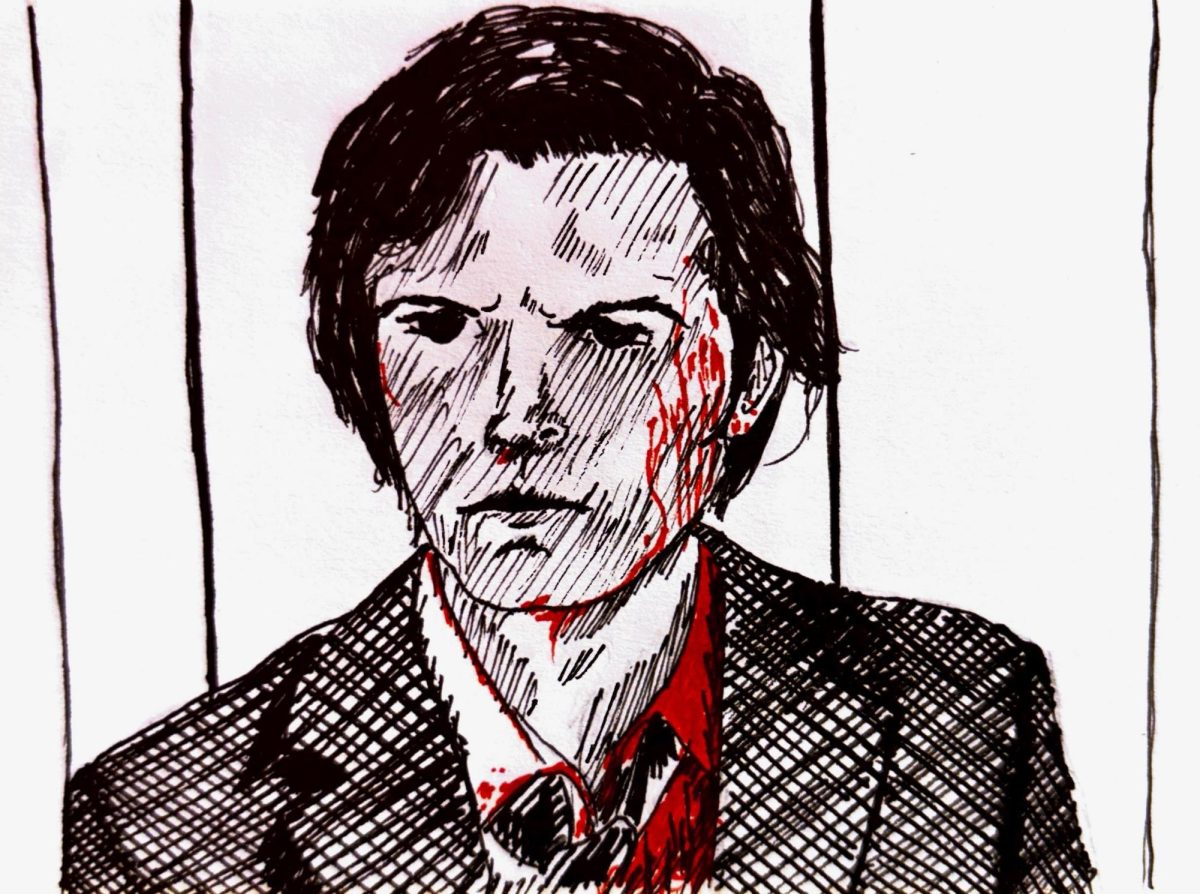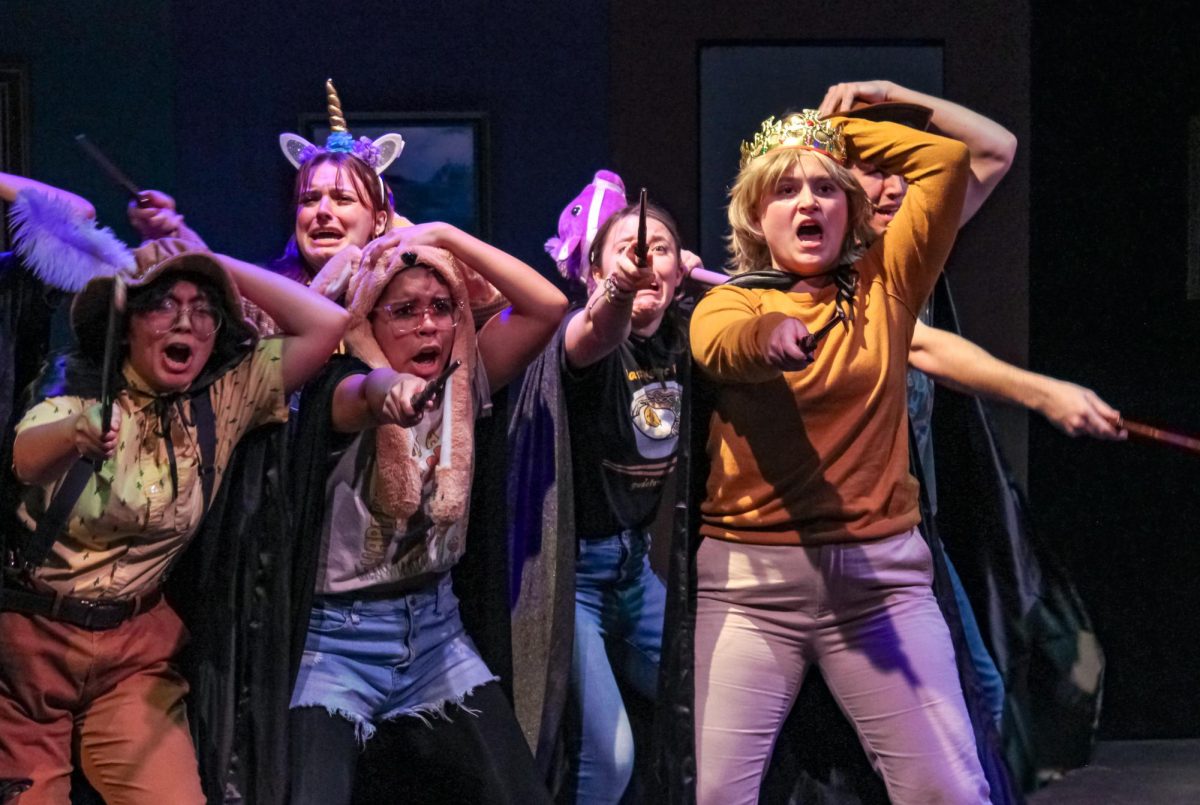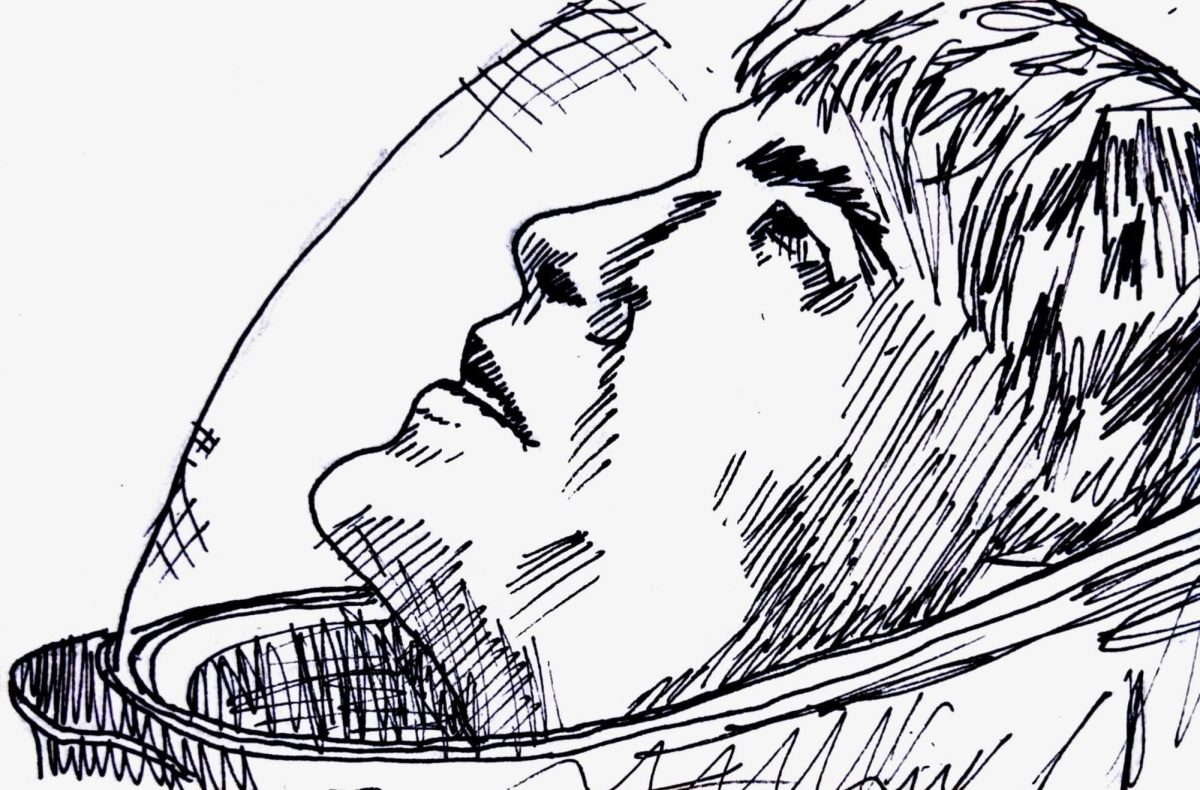Like most, I was completely swept up and invested in “Severance” season two’s cultural phenomenon. My Instagram feed is filled with and dominated by fan theories, scene breakdowns and discussions about the show’s ethical dilemmas. But now that season two has ended, does it live up to all the hype?
Apple TV+’s critically acclaimed sci-fi thriller returned for its highly anticipated second season, created by Dan Erickson, produced and directed by Ben Stiller and starring Adam Scott, Britt Lower, John Turturro and Zach Cherry. After the first season left audiences with one of the biggest cliffhangers since “Twin Peaks,” season two had a monumental task: to expand the show’s mystery while adding to the plot. The good news? It does deliver.
For the “un-innie-tiated” or the “un-severed,” “Severance” follows a group of employees in the Micro Data Refinement (MDR) department of Lumon Industries, a shadowy corporation that created the “severance” procedure, a way to surgically split their workers’ consciousness into two distinct identities: their “Innie” (who only exists while at work) and their “Outie” (or their regular identity who continues to exist outside of work and remains unaware of their Innie’s life). The first season culminated in MDR dramatically using the “overtime contingency,” which allowed their Innies to seize control of their Outies momentarily.
With that said, season two wastes no time diving into the fallout. With actress Harmony Cobel’s true agenda exposed, Mark (Adam Scott) and his team, Helly (Britt Lower), Irving (John Turturro) and Dylan (Zach Cherry) find themselves caught up in an even deeper conspiracy. The stakes are higher, and the consequences of their “little” rebellion ripple far beyond the tight confines of MDR. As Mark still grapples with the discovery that his supposedly deceased wife, Gemma (Dichen Lachman), is alive and trapped within Lumon, he embarks on an increasingly desperate search, blurring the line between his own calculated risk and self-destruction. Meanwhile, Helly faces the horrifying implications of her Outie’s connection to Lumon.
A huge part of “Severance”’s success lies in its cast, and season two only strengthens that foundation. Adam Scott continues to deliver a career-defining performance as Mark Scott, effortlessly creating subtle but crucial differences between his Innie and Outie. His portrayal is a masterclass in restraint; his Innie is curious while also increasingly aware of his oppression by Lumon, while his Outie remains consumed by grief and increasingly more desperate. The season two finale, in particular, showcases Scott’s range, with one scene in particular showcasing his subtle differences in performance.
Britt Lower is just as phenomenal as Helly R., whose arc in season two is one of the show’s most emotional. Lower brings a depth that makes Helly’s struggle feel real; her defiance against Lumon feels real, yet so does her growing sense of helplessness and acceptance as she realizes her Outie’s complicity and role in Lumon.
Tramell Tillman’s Milchick is another stand-out, with his unsettlingly cheerful corporate-masking demeanor as he enforces Lumon’s control. However, his performance really shines in his moments of doubt towards Lumon, which rely on his subtle performance to display how conflicted he is.
Visually, “Severance” remains one of the most striking shows on television. Lumon’s sterile, labyrinthine office spaces and hallways create an atmosphere of quiet dread. Every endless hallway and fluorescent-lit windowless room is designed to feel sinister and dystopian.
Beneath all of its sci-fi mystery, though, Severance remains a deep exploration of autonomy, grief and corporate exploitation. season two hones in on the emotional cost of severance, particularly through Mark’s increasingly reckless attempts to uncover the truth about his wife. Meanwhile, Dylan’s struggle with knowing that his Outie has a family introduces another devastating layer to the story. The idea that an Innie, who exists only for work, doesn’t get to experience the love and family he desires is one of the most tragic points of the season.
Few shows manage to be as gripping, emotionally resonant and visually stunning as “Severance,” and season two only solidifies it as one of the best sci-fi series of the decade. It expands upon everything that made the first season great, deepening its characters, sharpening its commentary and adding even more intrigue to the mix. But what truly sets “Severance” apart is how eerily relevant and profoundly human it feels as it explores autonomy and corporate control on a level rarely seen in television. With a finale that leaves us with all of our questions answered but with new questions, too, season two doesn’t just feel satisfied in meeting expectations; it shatters those expectations, proving that “Severance” is essential viewing.









